The Music Paper Bread
Index
With its pretty Italian name carta musica, this traditional pane carasau seems to be intended for us ! A crunchy texture, serrated layers worthy of an antique parchment, a beautiful golden color and a slightly toasty flavour... heat up your ovens !
Ingredients
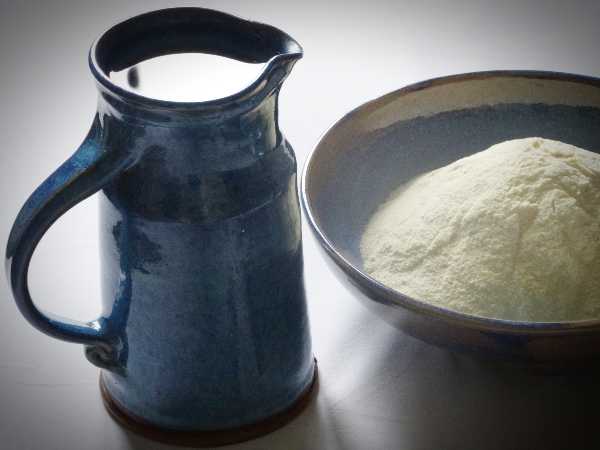
You need the following ingredients:
-
500 Gr of durum wheat flour
(or very fine durum wheat semolina) - 250 ml of water (approx.)
- 1 bag of baker's yeast
- 1 good tsp of fine salt
Prerequisites
Wake up the yeast by dissolving it in warm water.
Why warm ? Because yeast likes it!
Use bottled spring water because tap water has added germicides to prevent unwanted bacteria growth. However, yeast is none other than an ascomycete fungus that we wish to develop for the happiness of our bread... Therefore, pure water without any treatment guarantees the magic of the process.
In a bowl, mix the flour and salt well.
Don't underestimate this micro-step because your yeast could be killed instantly on contact with the salt..
Pour in your activated yeast (bubbly as you like) and start stirring.
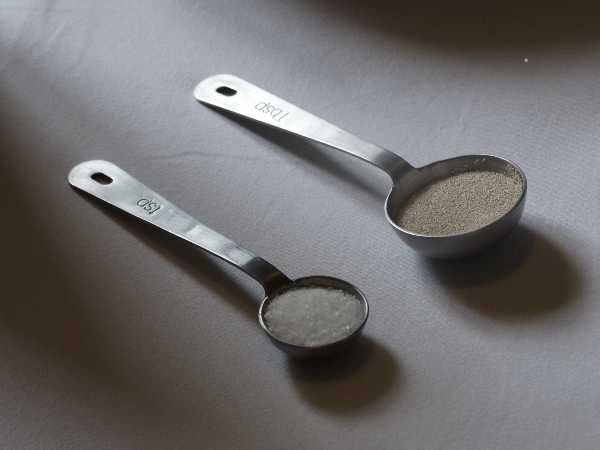
With your hands...
Gradually stir in the water until the dough is soft and barely sticky.
Warm water again ? Yes, good idea !
It is difficult to accurately estimate the volume of water because it relies on the granularity of your flour. Sometimes more, sometimes less, it depends. Your reference point is the texture of the dough. That's why you have to add the water gradually and knead vigorously until you get the ideal consistency: soft, elastic, barely sticky.
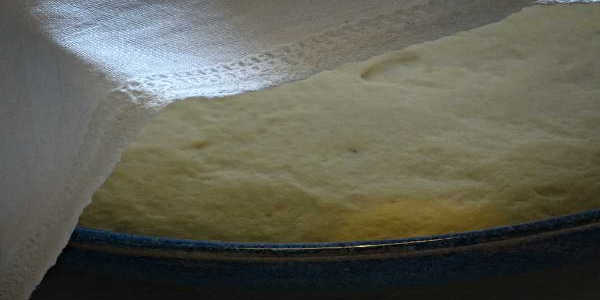
Shh! The magic is happening...
Cover with a towel and let your dough rest at room temperature or a little warm.
Warm again? Sure, it loves it!
Final step
3 hours later...
It's time to heat up the oven.
Still lukewarm? Ah no, as hot as possible : Really hot !
Don't forget to spread a little flour on the table so that the dough doesn't stick
Take a small portion of your leavened dough and roll it out with a roller until you obtain a wafer about 2 to 3 mm thick ( 2 to 3 mm, it's not as thin as you may think... but yet it's still thin).
And so on until the leavened dough is completely used up.
The cooking...
Arrange your wafers on a plate and put them in the oven.
It's just for a few minutes, time to see them swell up like balloons.
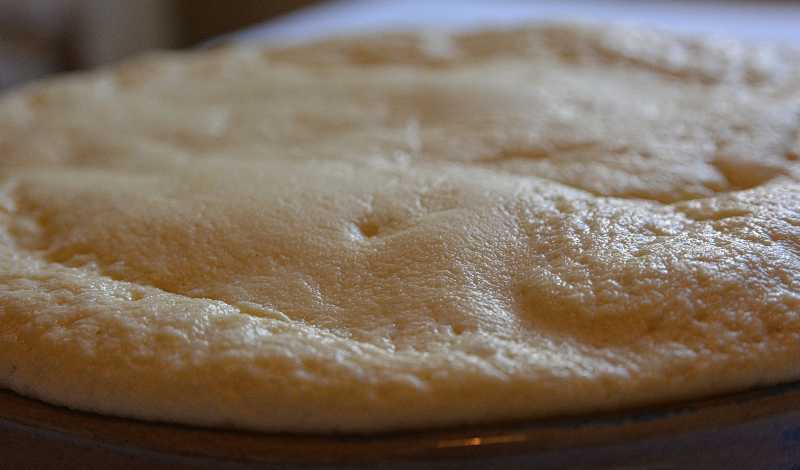
Once the " ballooning " is done, take your loaves out of the oven and cut them in half, exactly at the dividing line between the top and the bottom.
Re-bake each side for 1 to 2 minutes. This is the famous process of carasatura that gives your "music paper" bread that unmistakable crunch.
Serving tip
And now, enjoy !
Warm ? Why not !
Sprayed with olive oil, a few herbs and a little garlic, it turns into a pane guttiau very appreciated as an aperitif.
Slightly dampened, it is used as a base for Lasagne-like ready meals, garnished with cooked vegetables, such as the pane frattau which presents it in a bowl moistened with sheep broth, tomatoes, eggs and grated pecorino.
You will also like it as a cracker with guacamole or other piperade, chakchouka...
No need to eat it all in one go, this bread keeps for almost a year! Or so the legend goes.
Just for the record
Sun and mountains...
The "music paper" bread is a traditional bread in Sardinia since the dawn of the times. It was used by the shepherds during the transhumance. Its qualities of very good preservation made it the ideal bread for such expeditions.
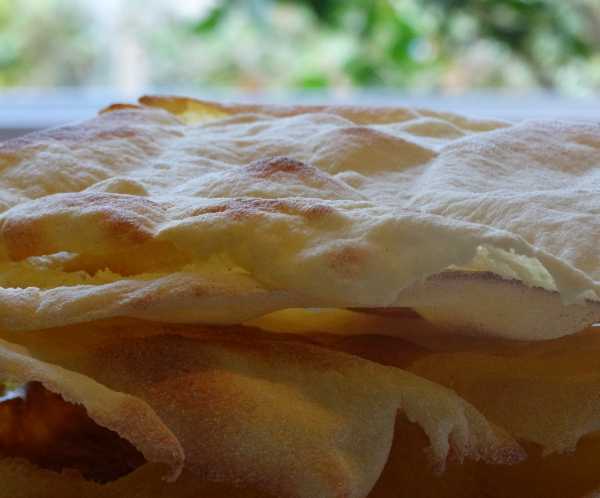
Why durum wheat instead of soft wheat ?
Durum wheat is the only wheat grown in arid climates. Although it is sensitive to cold, it is very resistant to drought and has been grown in the Mediterranean since Neolithic times. This is why it is found in all Mediterranean bread-making, right up to boulghour, couscous...
The "music paper" bread made with soft wheat flour would not have the same appearance, would be much more ordinary in taste, would not have such good keeping qualities and would be less nutritious. Durum wheat has a high protein content.
Where does it get its name?
Carta musica would come either from its parchment paper aspect, or from its crunchy sound.